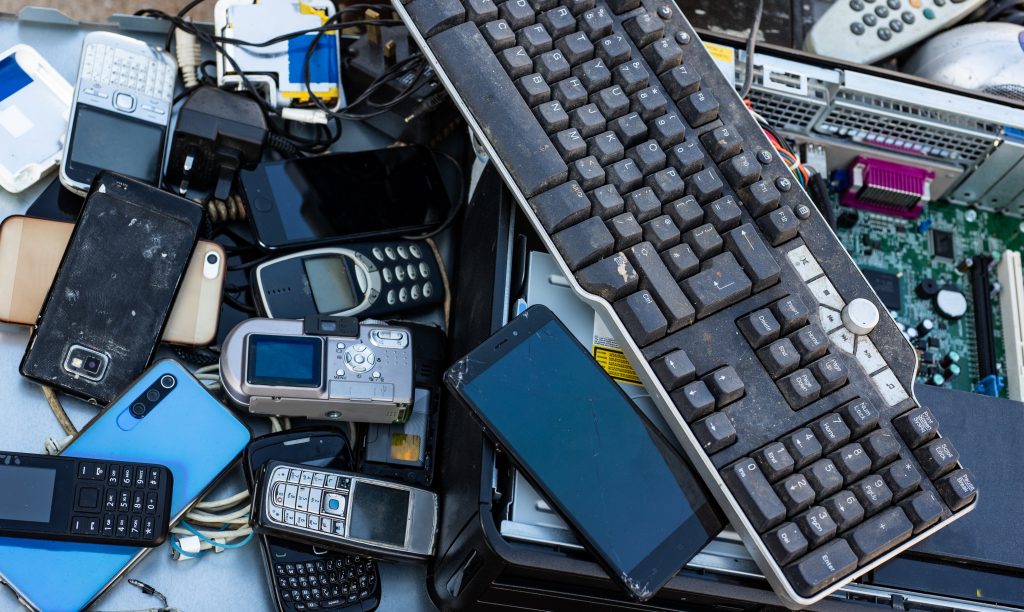Did you know…
- 80% of what people throw into trashcans is actually recyclable…but ends up in landfills
- Globally we generate around 40 million tons of electronic waste every year; that’s the equivalent of throwing away 800 laptops every second
- Americans alone throw out enough plastic each year to fill up the largest NFL football stadium 565 times over
Today may be April Fools’ Day, but this is no joke. The amount of waste generated by humankind is growing, even though most everyone acknowledges the importance recycling plays in preserving the world’s primary resources and securing the future of our planet. Unfortunately, the level of action isn’t enough to really attack the problem.
Here at 3DS, we’ve declared our sustainability commitments, and we are proud to show how we’re taking action against these goals. Case in point: in 2021 we collected and recycled 24.3 metric tons of electronic waste (e-waste).

Whether it’s e-waste or plastic water bottles or textiles, recycling is good. But…it isn’t the end game – it’s an important interim step. Ultimately, we want to live, consume and work in a way that creates less waste that needs to be recycled. 3DS makes help this possible by providing solutions for product design and manufacturing that put circular economy principles at the heart of innovation, starting from the earliest phase of project ideation.
Organizations worldwide have been embracing practices to work towards creating a more circular economy, and policies are accelerating this transition. France, for example, has introduced a repairability index to measure product longevity; the EU is phasing out landfilling by 2025 for recyclable waste; and one of the UN’s sustainable development goals is to substantially reduce waste generation by 2030. And just this week, the European Commission presented a package of European Green Deal proposals to make sustainable products the norm in the EU, boost circular business models and empower consumers for the green transition.

Additionally, consumers are becoming more eco-conscious, triggering demand for more sustainable and durable products. E-waste is one of the major areas of attention, because in this age of technology it’s projected to grow by 40% by 2030. Some UN projections even have the volume of e-waste topping 120 million tons annually by 2050. In large part, this is because devices like smartphones have a relatively short consumer lifecycle, are costly/hard to repair and are comprised of high numbers of discrete parts. Companies like smartphone manufactueres must adapt by designing products that last longer, and that can be easily repaired, refilled or refurbished.
Our virtual twin technology is a key enabler for companies to embed circular design principles into their product development lifecycle. We recently announced our life cycle assessment (LCA) solution that allows designers and engineers to see the sustainability impacts of their decisions when they select a part, a supplier, a design or a manufacturing strategy. With these insights, they can easily choose options with the lowest environmental impact at every step of the lifecycle – from raw material extraction through materials processing, manufacture, distribution, use, repair and maintenance, and disposal or recycling. This can have a tremendous financial impact: The Ellen MacArthur Foundation estimated that if the manufacturing industry aligns with circular principles, it could save up to US$630 billion a year on raw materials in the EU alone.
Let’s not fool ourselves: we won’t be able to recycle our way out of the crisis our planet faces. However, recycling is a cornerstone of circularity, and at 3DS we are happy to encourage it as a solid action towards a sustainable future.

